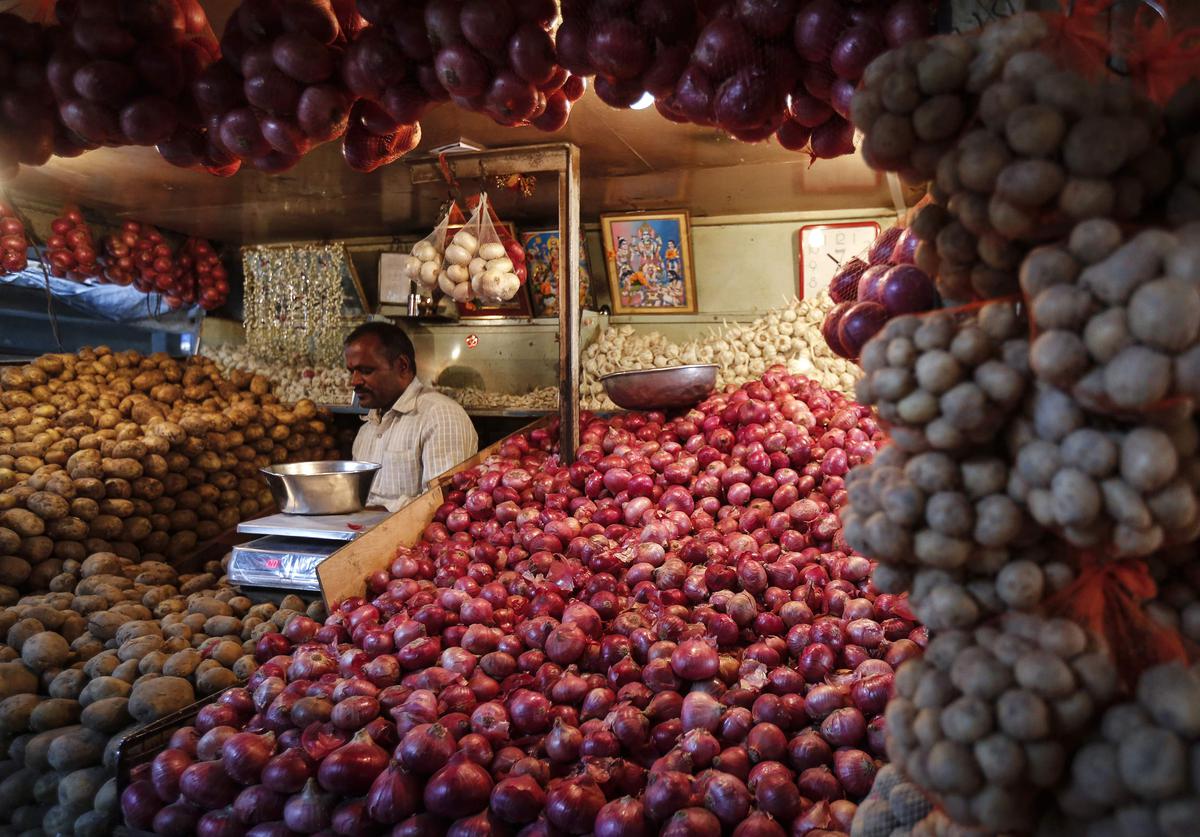According to a survey by Crisil Intelligence, the cement sector is anticipated to see a demand growth of 6.5–7.5% this fiscal year. It also stated that this will be fueled by a roughly 10% increase in funding for ministries responsible for essential infrastructure and the hope that an above-average monsoon will increase agricultural profitability, which will raise demand for homes in rural areas.
Infrastructure is anticipated to continue to be a major demand driver in the current fiscal year as well, according to the study report. It is important to note that 29–30% of the domestic cement demand is driven by infrastructure. Roads have contributed the most to infrastructure, followed by railroads, irrigation systems, and urban infrastructure.
A slow start to the year due to the general elections, a geographically dispersed monsoon that affected building, and the high base of the previous three fiscal years all contributed to the weak cement demand in fiscal 2025, which was between 4.5 and 5.5%. In addition, poor state government investment in the first half hampered project execution, and urban housing was impacted by a stagnant real estate market.
Furthermore, because a healthy monsoon season is anticipated to increase agricultural revenue, which would drive house demand, cement consumption will continue to be dominated by rural housing, accounting for an estimated 32–34% of total cement consumption. Additionally, it stated that some central government programs, like PMGSY and MNREGA, aimed at the rural population, will boost consumption as a result of increased funding.
With additional units under construction and an increase in sanctions, the Pradhan Mantri Awas Yojana-Gramin is anticipated to accelerate implementation. According to Crisil, average rural salaries are predicted to stay higher this fiscal year as well. In fiscal 2025, they are forecast to have climbed by almost 25% year over year.
In the meantime, the urban housing segment is anticipated to make a comeback in the current fiscal year after facing challenges in fiscal 2025 as a result of weak real estate. A low base, interest rate reductions, and faster implementation under the Pradhan Mantri Awas Yojana-Urban would all contribute to this. The Union Budget 2025-26 included a significant 45% increase in funding for the program.
This fiscal year, the industrial and commercial industry is anticipated to increase steadily due to the growth of commercial real estate and warehousing. Thirteen to fifteen percent of the demand for cement in the country comes from this category.

